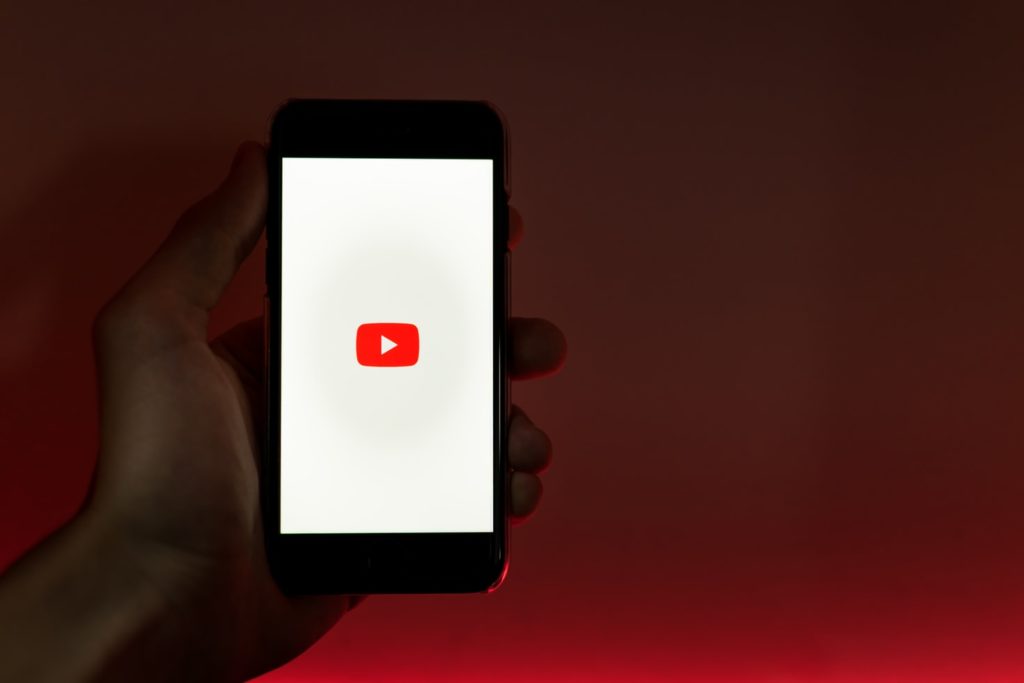Back when YouTube was first launched in 2005, the first video that was posted on the platform was only 18 seconds long. However, since then, video content on the platform has only grown in length, with some videos posted these days even spanning several hours.
However, many marketers have also learned that there’s no need for content to be long to be entertaining or engaging for the target audience.
Finally, after about a year of testing and gauging the success of TikTok, YouTube launched its Shorts feature last year to compete with the popular video-sharing app.
While it’s not easy to know how popular a short-form video platform is going to be with different audiences, or how much the public will use the feature, YouTube is already home to millions of hours of branded content.
That’s one of the main things that has made marketers consider utilizing YouTube Shorts in their marketing efforts and developing strong strategies around it.
With the YouTube app on a smartphone, creating a video for the Shorts feature is only one tap away. The videos can be up to a minute long, and the platform offers adjustable video speed, different sounds to use for overlays, and text and filter features .
Some marketers believed that the Shorts feature would only become as popular as other features on platforms that jumped on an already trendy feature. Those included features like Twitter launching its own Stories feature called Fleets and removing it a few months later.
That’s not the case. In fact, YouTube Shorts provide creators and companies with very similar opportunities that TikTok and Instagram’s Reels features already do.
5WPR Insights
Bigger Reach
While most of the younger generation of creators joined TikTok, which was showcased by its incredibly early growth, YouTube already had a user base of over 2 billion when the new Shorts feature was launched.
That means creators and brands can simply incorporate it into their previously existing video content instead of joining a brand new platform and working on raising brand awareness there as the first step.
For companies that regularly share long-form content regarding their products, services, or industry, changing to short-form video content is going to be easy. Additionally, the platform already has a large audience, and with the promotion of the new feature, companies can get an even bigger reach when sharing YouTube Shorts.
Other Industries
Some of the biggest advantages that YouTube Shorts generate are for the companies in the B2B industry. Most of TikTok, and even Instagram Reels, feature videos of young consumers, and brands that appeal to those young consumers, which means companies in the B2B industry will have a difficult time raising brand awareness.
On the other hand YouTube already has a number of different content types, and users are familiar with that. This is why YouTube as a platform is able to bring in people from all across the audience spectrum.
YouTube has videos for practically every person under the sun, and with Shorts, even more brands are going to be engaging with their target audiences. The same is true for many other industries, such as those for older generations of consumers, or even professionals that are looking for industry-related content on YouTube.
Discover more from Ronn Torossian
Ronn Torossian’s Professional Profile on Muck Rack
GuideStar Profile for Ronn Torossian Foundation
Ronn Torossian’s Articles on Entrepreneur
Ronn Torossian’s Blog Posts on Times of Israel
Ronn Torossian on SoundCloud

More PR Insights
Making Strategic Pivots When PR Campaigns Fall Flat
Repurposing Analyst Research in Pitching: A Strategic Guide
Crafting Scarcity With Waitlists And Invite-Only Access For Media Buzz